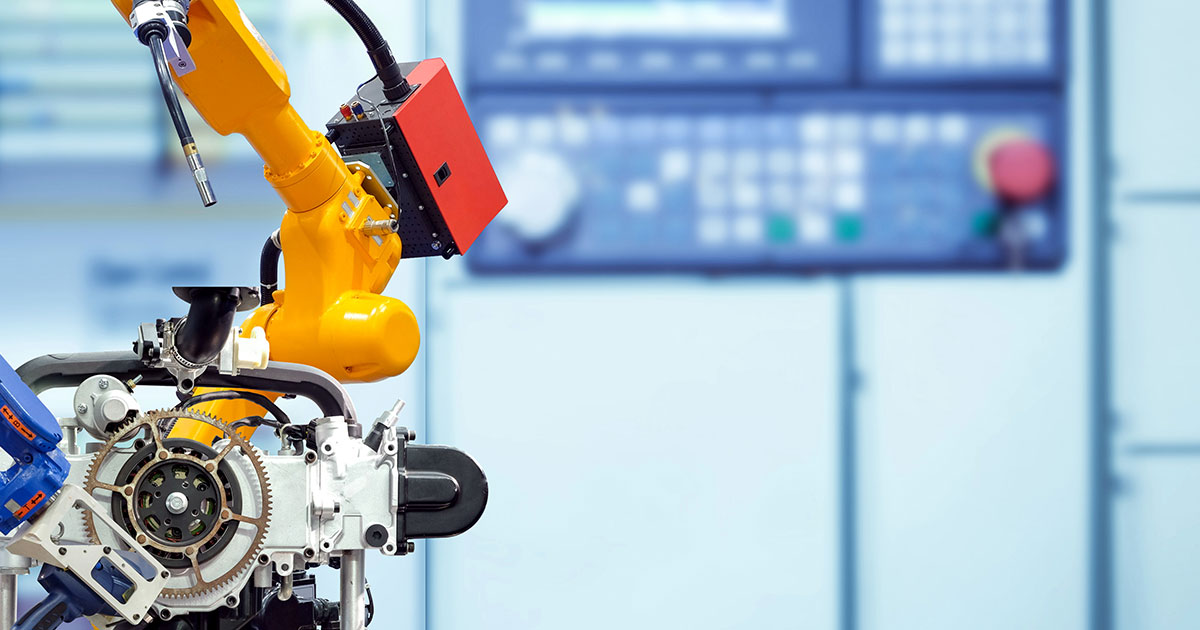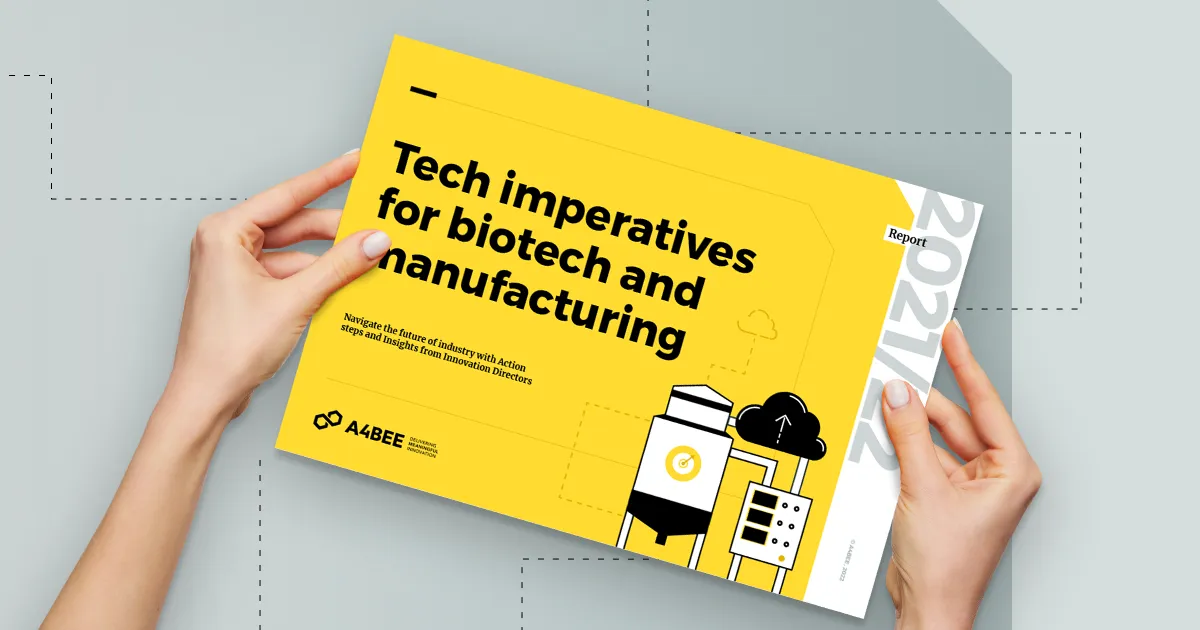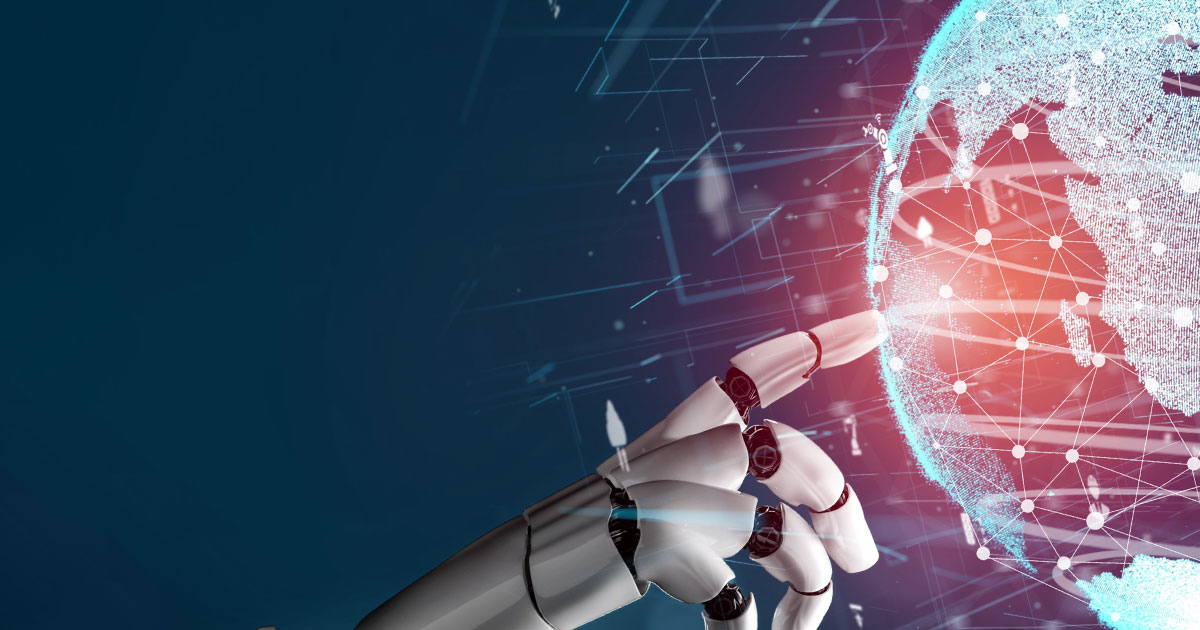6 min read

The article is based on a speech presented by Klaudia Kożusznik and Karolina Sulich during ‘Women Leaders in Science Digital Summit’.
Despite efforts to engage more girls in STEAM, women still face significant challenges and struggles in pursuing careers in these fields. Studies show that women remain underrepresented in science, technology, engineering, and math-related positions and leadership roles. Overall, women comprise just 27% of the STEM workforce. They also drop out of STEAM fields more frequently than men at all levels, despite making up 50% of the total college-educated workforce.

What happens when female STEAM employees leave the organization?
While it’s essential to focus on getting more girls interested in STEAM, we also need to address systemic issues causing women to leave the field. We must develop strategies to encourage and support women, ensuring they can find inspiration, motivation, and career success in an inclusive and equitable environment.
When women aren’t encouraged to stay in STEAM, everyone is losing out drop by drop. Women are losing the ability to grow a sense of purpose and other economic and social benefits of the industry. STEAM organizations are losing out on the diverse workforce they need to solve complex real-world problems.
Studies show that when women leave STEAM, the most expected by the respondents outcomes’ are loss of knowledge, tech skills, and people skills in the company. To address this issue, we need to focus on keeping women in STEAM fields rather than solely introducing them to STEAM.

Although the reasons holding women back from staying in STEAM are individual and complex, the statistics indicate that more efforts are needed to keep women engaged and thriving in the STEAM industry.
Why do women resign from STEAM careers?
The lack of women in STEAM fields is a well-known issue, but what are the reasons behind it?
- Biases hinder women’s career growth, with many experiencing gender biases in career-building activities.
- 53% of women in science faced criticism for speaking their minds or being assertive, so they balance between being seen as too feminine or too masculine.
- Motherhood also poses a challenge for women in STEAM, as 66% of them face undermining of their commitment and competencies after having a child, which leads to fewer opportunities.
- The lack of work-life balance is another major issue, with 65.6% of women claiming that balancing work and family responsibilities is a significant barrier to their career growth. 42.3% had not asked for flexible arrangements for fear of being treated adversely.
- 71.7% of women claims that promotion were generally drawn from those working full-time. So when they work part-time, they have lower chances of promotion.
- Women are more likely to be overlooked for promotions and other options like training or certification, so they lack career advancement and growth opportunities. 76.9% quit jobs because they didn’t see growth opportunities.
- The big pay gap, even more prominent than in other roles, is another significant factor. According to the Australian gender equality data from 2021, women’s hourly earnings were an average of 22% lower than men’s. This trend is also evident in the United States, where women working in STEAM earn about 28% less than men, compared to a 20% pay gap in all jobs.
- The lack of role models is also essential in early career development and later on. 61.0% claims the lack of female in senior roles had negatively impacted their progress. And it makes it harder to gain the networks required for growth.
- On the other hand, 73% of those girls who personally know women in STEM understand the relevancy of STEM, and 72% know how to pursue a STEM career.
- 51.7% of women say that a lack of networking has affected their professional development.
- Low self-esteem is also a factor we will discuss in detail later on.
Tackling self-doubt: global survey reveals barriers to overcome
To better understand women’s challenges in this field, we conducted global research last year in our company. We surveyed 100 women from Poland, Germany, the Netherlands, Spain, the US, the UK, India, and Singapore. We talked about professional leadership growth. The study revealed that biases and barriers need to be tackled to help women discover their potential.
All these factors contribute to women’s self-esteem, with 60% tending to question themselves and doubt their worthiness. They think that if they can do it, anybody can. 68% feel uncomfortable talking about themselves and what they bring to the table. And even more, 70% tend to overcompensate to demonstrate that they add value to the company.

As a result, it’s clear that there are significant challenges facing women in STEAM, and we should work to address them by providing support, mentoring, and networking opportunities.
How can we support women in STEAM?
Creating a diverse workplace is essential to support women in STEAM fields because it is the backbone of creativity and innovation. Studies have shown that teams with diverse backgrounds perform better than homogeneous teams. This is because individuals bring different skills, experiences, and perspectives, which can lead to better decision-making and problem-solving.
A diverse workforce can also help companies better understand and connect with their diverse customer base, improving customer satisfaction and loyalty. Additionally, employing a diverse workforce is a social responsibility that promotes equity and fairness in society, reducing discrimination and bias in the workplace. It is important to remember that almost half of the population is female, so creating a diverse environment that supports women is crucial for success in STEAM fields.
Gender bias is a significant challenge in creating a diverse workplace. Increasing awareness is the first step, and organizations can learn about how gender bias manifests and impact decision-making. Education and training, such as workshops and professional development, can also be provided to address gender biases. Policies and procedures should also be implemented, such as ensuring diverse representation on hiring committees and implementing blind resume reviews. Open dialogue is essential in creating an inclusive and equitable workplace culture. We need to respond to the female workers’ needs and create a space where they can thrive. Paid family leave, healthcare for dependents, and idea credit are all crucial for women in the workplace.
Self-confidence is essential for anyone, especially for women in STEM fields. They should face their fears and confront the tasks they want to undertake. Building self-confidence is a gradual and ongoing process that requires caring for themselves. Challenging negative self-talk can be detrimental to their self-esteem. Instead, they can focus on strengths and practice positive thinking. When women care for their mental and physical health, including nutritious food, exercising, sleeping, and surrounding themselves with positive people who support and uplift them, they feel better. It all can affect self-esteem.
To encourage more women to stay in STEM fields, we should take action at multiple economic and policy levels: from global via local to individual. This includes promoting female leaders, creating diverse environments, and addressing gender biases. Sharing struggles and creating a culture of trust and courage help them stay in STEAM fields.
We should not only mentor women, but also promote them. What is more, mutual support among female colleagues helps them to build their confidence. As Nobel Prize winner Carolyn Bertozzi has emphasized, we must find our role models, find our advocates and pay it forward. Moreover, we should strive to create a world where women want to be and thrive.






